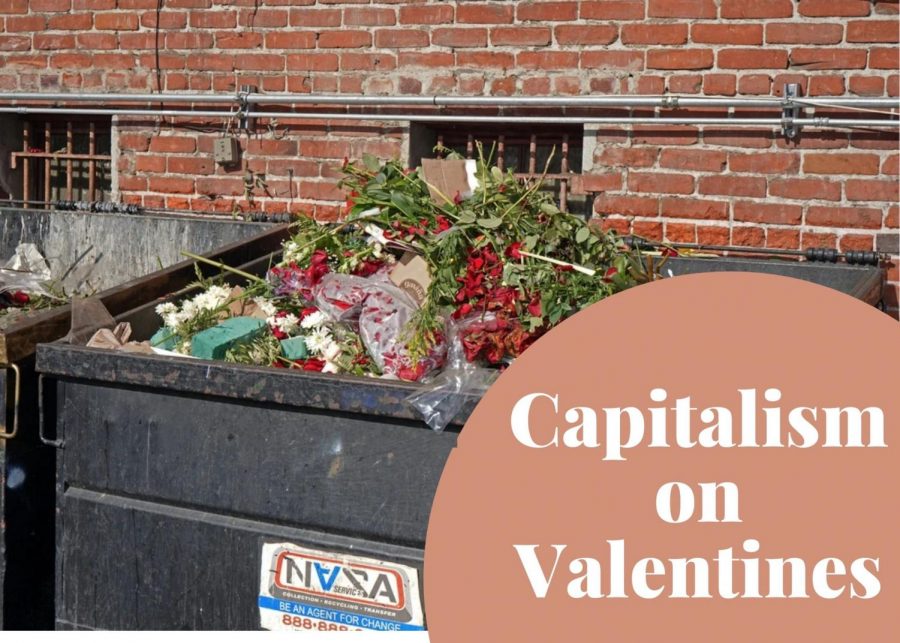Capitalism on Valentine’s Day
February 29, 2020
Everything is expensive. From the cars we drive to the food we eat; everything has a price tag. Even love, something that is known to be free and unconditional, comes at seeming inescapable prices.
Valentine’s Day, like many other holidays, has long been clouded by capitalist incentives. From deception to advertisement, both big and small businesses have pushed a materialistic view-point onto Valentine’s Day. Every year, companies make billions during the holiday. In order to maintain (and grow) their income, corporations will push the idea that more money spent is equivalent to the amount someone loves someone else. From flowers to cars, the Valentine’s Day industry continues to expand each year.
With 54 percent of the American population expected to celebrate Valentine’s Day each year, it would be ignorant to believe companies wouldn’t take advantage of this. Today, companies and corporations target a simple theme: expressing love.
The incessant push of this theme has worked in many companies favors for the past 100 years. According to the National Retail Federation, Americans are expected to spend about 18.2 billion dollars on Valentine’s Day items. From somewhere between 4.3 billion dollars spent on jewelry to the 190 million spent on cards, a single American is expected to spend 136.57 dollars for the holiday.
Along with the financial push to spend more money on Valentine’s Day, comes the shame of not celebrating it. Every year, many new couples spring up during the month of February; only later to break up towards the end of the month. Advertisements are partly to blame for this, as they push this idea that everyone is in a relationship and they are all happy.
Valentine’s Day is not alone in this capitalistic push of materialism. Holidays such as Christmas and Easter, have slowly changed from their original purpose. Now, much time during these different holiday seasons is spent worrying about presents and money. This blatant advertisement that money equals love is rampant throughout media and stores, and it continues to grow as the years progress.


